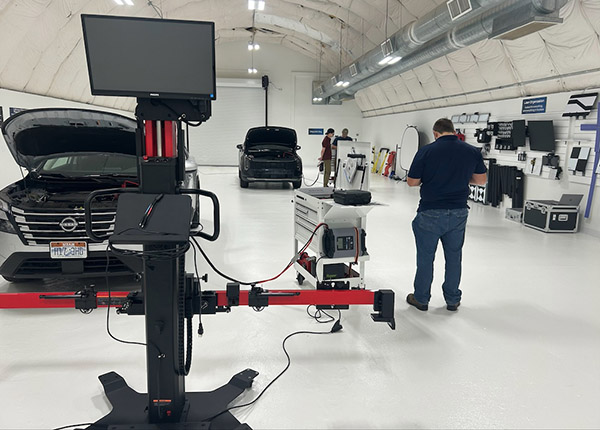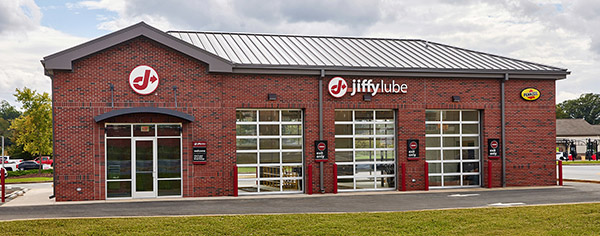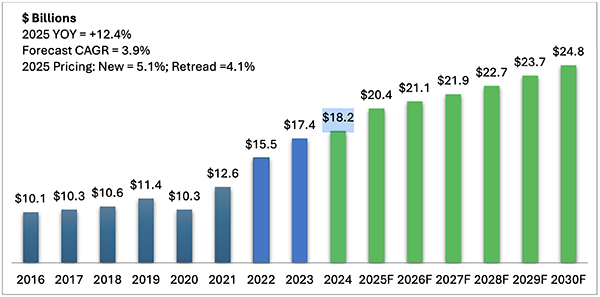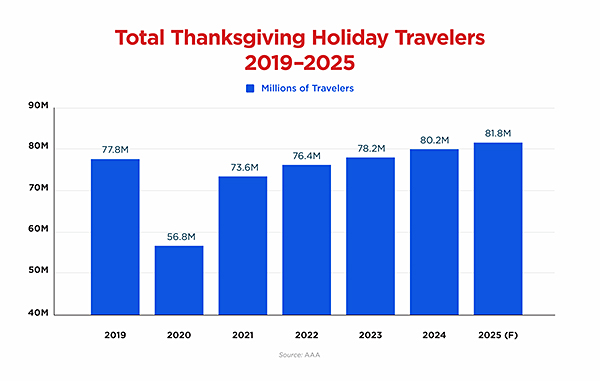This fictional auto repair story reimagines the roles of government, an independent repair shop, a consumer and the need for Right to Repair legislation
Chapter 1: The Silent Treatment
Paul’s new car was an AI marvel of silent, sustainable purpose. For six months, it had glided through its suburban life, a promise of a greener future humming under its sleek chassis. But one Tuesday, as he backed out of his driveway, the enormous central display flashed a single, stark message: “AI operation suspended. Consult manufacturer.”

Paul, a meticulous planner who believed in initiative-taking maintenance, was not immediately worried. He had read in forums about minor software hiccups. This was just a quick trip to the dealer. His calm vanished when the service manager, a young man with a tired look, slid his finger down a revised warranty printout.
“This specific hybrid battery calibration isn’t covered,” he explained without making eye contact. “The parameters for ‘critical emission components’ changed with the regulatory rollback. What used to be mandatory is now … discretionary.”
Paul stared at the words, feeling a cold dread replace his calm. A simple software fix was now a potentially massive out-of-pocket expense, a financial ghost hiding in the fine print.
Chapter 2: The Diagnostic Gauntlet
After hours on the manufacturer’s support line, Paul’s frustration curdled into anger. The representative, a voice named “Chloe,” explained that only the dealership could diagnose the problem. “Our proprietary software is required,” she chirped. The earliest appointment was in a month; at a time, he knew, his car’s battery efficiency would degrade further.
He called his trusted independent mechanic, a gruff but brilliant guy named Tom. Tom’s voice was weary when Paul explained the situation.
“They got us over a barrel now,” Tom said. “For years, we were starting to get limited data, forced by the old emissions and Right to Repair pressures. But with the EPA loosening up, the manufacturers do not have to play ball anymore. They have gone full lockdown. They have always wanted this. The environmental regs were just a cover story to keep us from touching the complicated stuff. Now they do not even need the pretense.”
Paul felt his helplessness deepen, stranded between corporate control and an impossible repair.
Chapter 3: An Echo in the Hall
At his wife’s suggestion, Paul went to a town hall meeting hosted by a consumer advocacy group. He was surprised to see Tom there, looking more animated than he had on the phone. The room was buzzing with a quiet, shared anger. Tom stepped up to the microphone, his voice cutting through the hum.
“Spent twenty years fixing internal combustion engines, and then another ten learning all the new tech — hybrid systems, advanced sensors and AI. They invested thousands in training and equipment because the regulations demanded reliable, long-term environmental systems. We all did.”
He gestured to the room. “The manufacturers told us this was all for the good of the planet. We believed them. But the real game was always about control. They were building cars so complex that only their dealer network could fix them. They used the environmental rules as a shield. Now that the shield is gone, they are not backing down. They are locking us out even more, saying, ‘It’s just a complex system,’ not ‘it’s a legally protected one.’ This rollback is not freeing up the market. It’s consolidating power.”
Tom’s words landed with a thud, and Paul saw heads nodding in grim agreement. The rollback, pitched to reduce industry burdens, was creating a captive audience and leaving independent shops to wither on the vine. Paul stood up, and for the first time since the dashboard flashed its message, he felt his anger had a purpose.
Chapter 4: The Backlash
Paul’s story, along with dozens of others, became a focal point for the consumer advocates. They leveraged social media, public forums, and news outlets to expose the manufacturers’ duplicity. Small business groups, seeing their economic future threatened, joined the fight. The narrative of “pro-consumer deregulation” was now “anti-consumer corporate lock-in.”
The unified public relations and lobbying push was more effective than the industry expected. Paul’s car company, which had been basking in the glow of the loosened regulations, suddenly found itself in a harsh spotlight. The more forward-thinking competitors, sensing the shift in public opinion and the very real threat of mandatory federal Right to Repair legislation, made a strategic pivot.
One evening, Paul saw a headline flash across his tablet: ABC Auto Announces Full Diagnostic Access. The company framed it as a “commitment to customer trust” and a “positive step to ensure consumer choice.” It was a retreat, a surrender in the face of organized public pushback. They realized their gambit to use deregulation to tighten proprietary control had failed. The Right to Repair was not an environmental issue; it was a consumer rights issue, and it had proven to be an unbeatable battle.
Epilogue: The Engine of Change
Tom’s shop repaired Paul’s car two weeks later. The small, quiet fix felt like a major victory. The story of Paul’s car became a powerful symbol. It showed that organized consumers, aligned with small businesses, could challenge corporate power.
The future of automotive repair not shaped by cynical regulatory shifts, but by a public that demanded control over the technology they owned. This small triumph set a crucial precedent: that the fight for repair rights would, and should, stand on its own, independent of the shifting political winds around environmental policy.
Takeaway: This modern automotive tale underscores the complex interplay between environmental regulation, consumer rights, and corporate control. It demonstrates that repealing environmental standards does not guarantee increased market freedom but can force corporations to consolidate proprietary lock-ins and limit consumer choice.
This modern automotive tale underscores the complex interplay between environmental regulation, consumer rights, and corporate control. It demonstrates that repealing environmental standards does not guarantee increased market freedom but can force corporations to consolidate proprietary lock-ins and limit consumer choice. This story highlights the critical importance of robust Right to Repair legislation that is independent of shifting environmental policy, protecting consumers and independent businesses regardless of the regulatory landscape.
Steven E. Schillinger is an accredited Professional Engineer and often speaks at auto industry meetings about EPA, OSHA and Fire Marshal regulations. He is certified for ANSI/ASHRAE/USGBC/IES Standard 189.1-2014 and works with companies to resolve and remove environmental, health and safety violations.








Comments are closed.